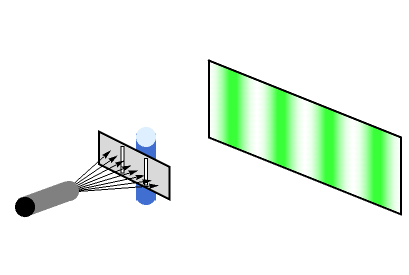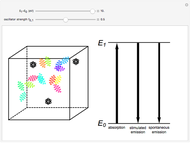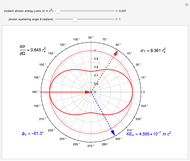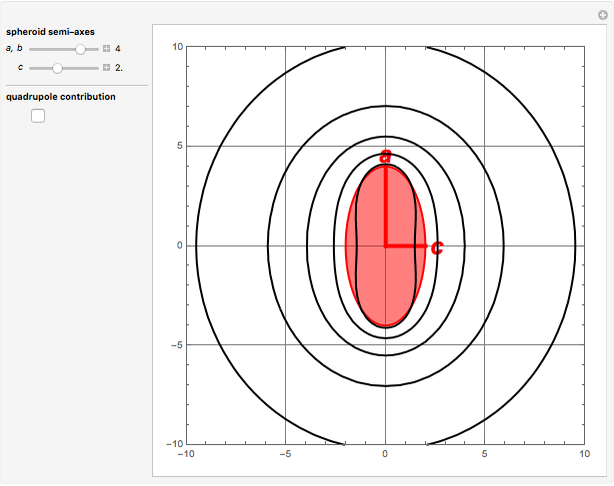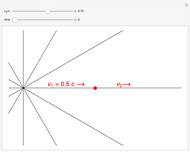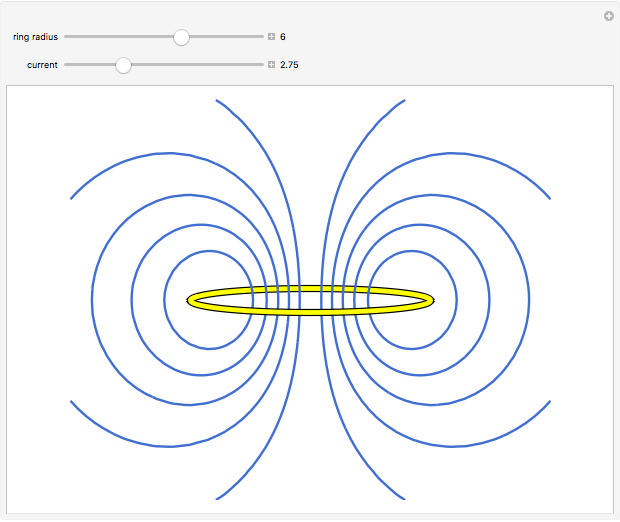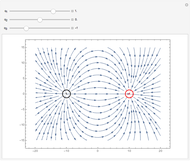Aharonov-Bohm Effect

Requires a Wolfram Notebook System
Interact on desktop, mobile and cloud with the free Wolfram Player or other Wolfram Language products.
The Aharonov–Bohm effect is a quantum-mechanical phenomenon in which an electrically charged particle is influenced by the vector potential  in regions in which the magnetic field
in regions in which the magnetic field  is zero. A beam of monoenergetic electrons passes through a double slit on opposite sides of a solenoid. The expected interference pattern of the waves going through the two slits is shifted by an additional phase difference
is zero. A beam of monoenergetic electrons passes through a double slit on opposite sides of a solenoid. The expected interference pattern of the waves going through the two slits is shifted by an additional phase difference  when the solenoid encloses a magnetic field, despite the magnetic field being zero in the regions through which the electrons pass. This can be observed experimentally by the horizontal displacement of the interference fringes.
when the solenoid encloses a magnetic field, despite the magnetic field being zero in the regions through which the electrons pass. This can be observed experimentally by the horizontal displacement of the interference fringes.
Contributed by: S. M. Blinder (March 2011)
Open content licensed under CC BY-NC-SA
Snapshots
Details
Reference: Y. Aharonov and D. Bohm, "Significance of Electromagnetic Potentials in the Quantum Theory," Physical Review Series II, 115, 1959 pp. 485–491.
Permanent Citation
"Aharonov-Bohm Effect"
http://demonstrations.wolfram.com/AharonovBohmEffect/
Wolfram Demonstrations Project
Published: March 7 2011
